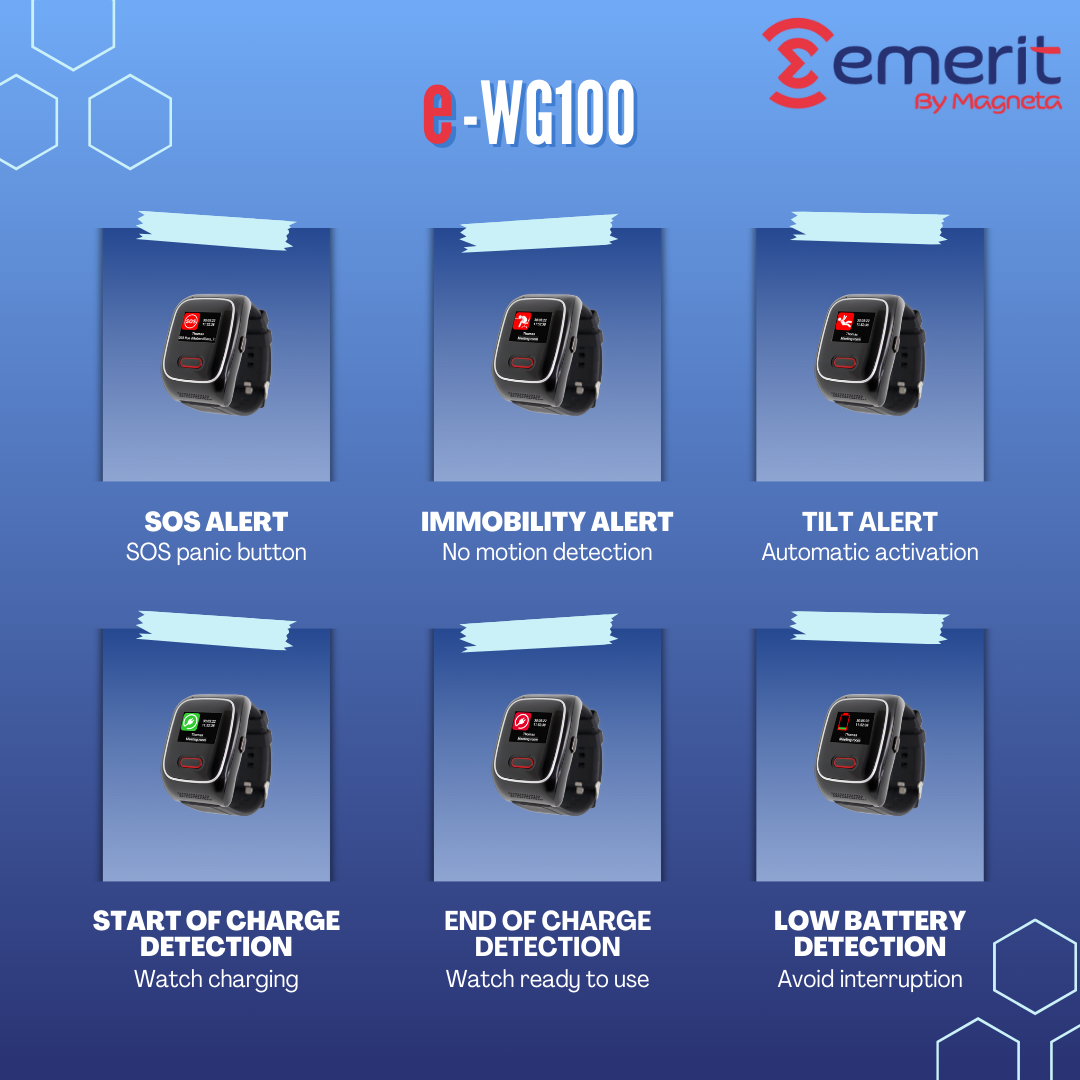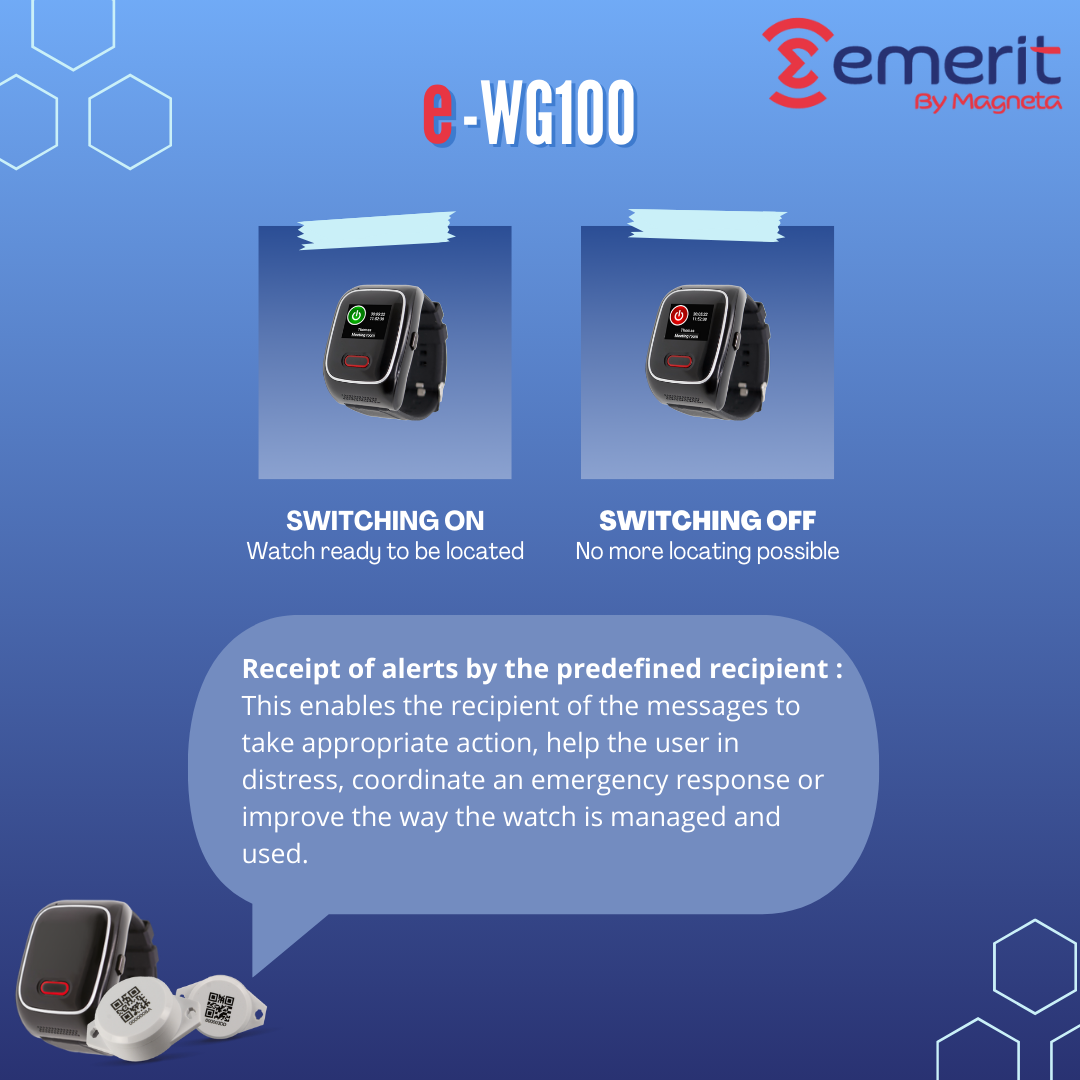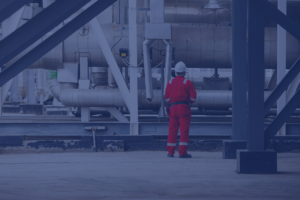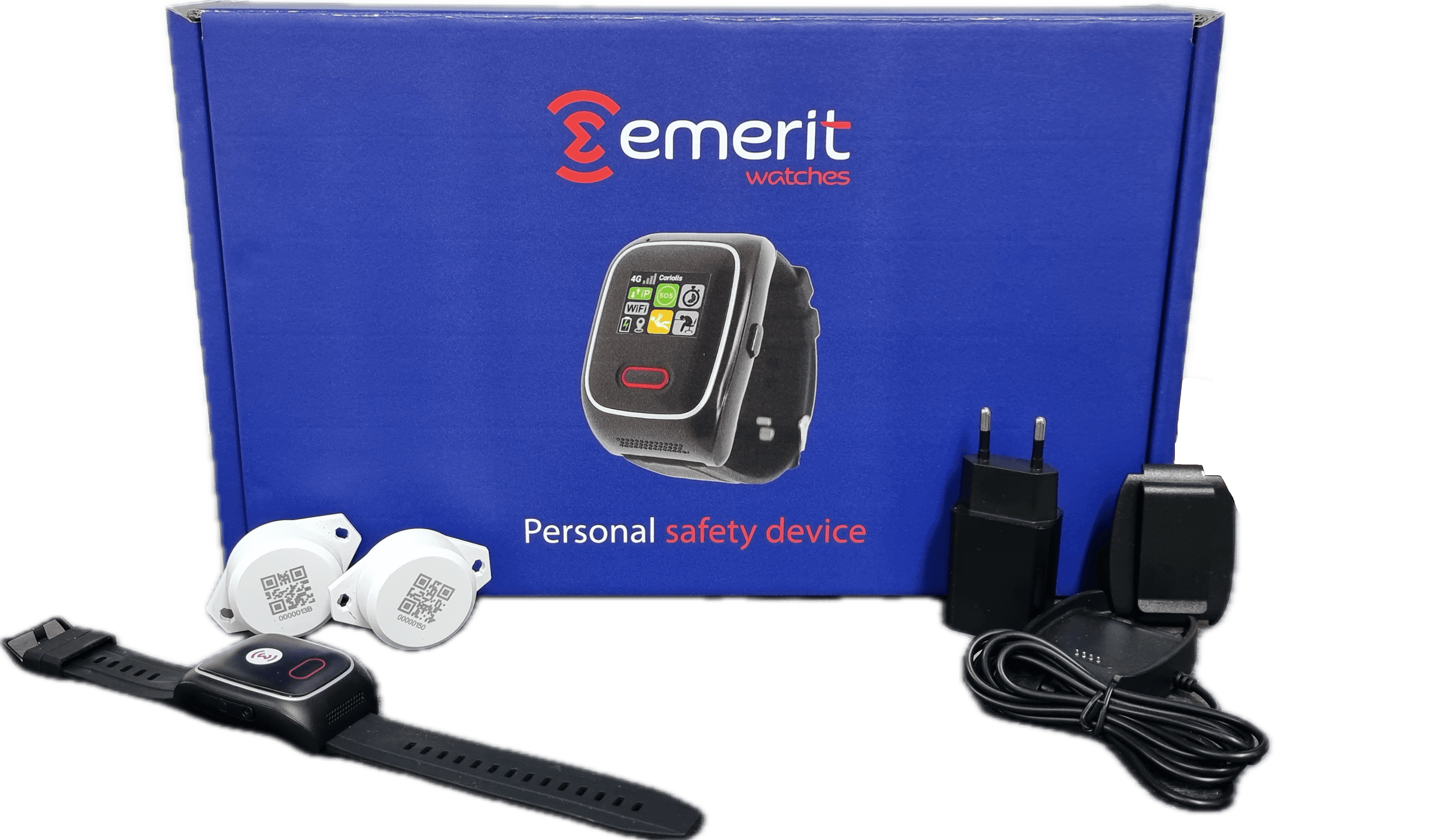Company staff are increasingly required to work in small teams. As a result, they often find themselves isolated from their colleagues for periods ranging from a few minutes to several hours, or even the whole day. This exposes lone workers to potential risks, ranging from accidents to aggression. To meet these challenges, mutual protection is emerging as an appropriate and effective solution. It contributes to enhanced safety for professionals.
Understanding collaborative safety for isolated workers
The importance of safety in the workplace
Worker safety is a key priority and essential to guaranteeing their well-being. Mutual protection is based on collaboration between workers to guarantee their collective safety. It’s an innovative concept designed to ensure the safety of professionals exposed to high-risk situations, such as small teams working on the same site or workers sharing the same building.
Team safety in action
Group protection for lone workers offers increased safety by enabling a faster response in the event of an emergency. It considerably reduces the risks for isolated workers, optimizes response times and reduces the risk of accidents. It also reassures employees by improving the responsiveness of emergency teams.
Faster response to emergencies
In an emergency, every second counts, and one of the main benefits of shared protection is the ability to intervene more quickly in an emergency. If you are at the scene of an incident or need assistance, it automatically alerts other nearby users. This means that help can be dispatched more quickly, which can make a crucial difference in dangerous or critical situations.
Play a part in the safety of others
Collaborative protection is not just about your own safety, it also enables you to play a part in the safety of others. You can create a work safety network with your colleagues, with the aim of supporting each other. You can help others in distress by receiving their alerts and, if necessary, informing the emergency services. This reinforces the feeling of solidarity and collective safety.
Person’s identity and location
Shared protection enables the precise identity and location of the person in danger to be broadcast in real time to nearby employees. This enables them to quickly come to the aid of a worker in difficulty.
The technologies behind mutual protection
The implementation of enhanced protection is based on various technologies:
Types of lone worker safety solutions : dedicated boxes, smartphone applications, radio transmitter/receiver
Mutual protection can take the form of dedicated boxes usually worn by staff, mobile applications installed on their smartphones, or radio transmitters/receivers judiciously placed in the work premises. This variety of options allows optimum adaptation to the specific needs of each professional situation.
Alarm transmission technology: GSM (calls, SMS, data), VoIP, WIFI, Radio
Alarm transmission is at the heart of collaborative protection. This can be done via the GSM network, enabling calls, SMS or data to be sent for rapid communication in an emergency.
VoIP technology offers a voice-based alternative (calls) via an internet connection, while WIFI
ensures fast, reliable wireless communication.
The radio is ideal for professionals working on sites without GSM or WIFI coverage. Reliable and comprehensive, this system allows alerts to be broadcast and received by radio.
Triggers : dedicated SOS button, immobility detection, fall detection
Reactivity is essential in high-risk situations, which is why self-protection devices are equipped with rapid triggering mechanisms.
Users can activate a dedicated SOS button in the event of immediate danger.
Immobility detection detects any prolonged absence of movement, while loss-of-verticality detection automatically identifies situations where an employee may have been the victim of an accident.
Indoor location: by WIFI access points or BLE beacons
Locating lone workers is crucial for rapid intervention in an emergency. The systems use WIFI access points or BLE (Bluetooth Low Energy) beacons to determine the exact position of users inside premises in the event of an alarm. This technology enables emergency teams to locate the person in distress in a more precise area, even in large spaces.
Focus on the e-WG100 alert watch
The e-WG100 lone worker watch is the perfect solution for lone worker safety. It offers optimum shared protection thanks to advanced features such as watch-to-watch communication, guaranteeing maximum responsiveness when needed. This watch is equipped with an SOS button and an advanced alert device to deal with the risks of verbal or physical aggression, as well as accidents.
The e-WG100 watch can be programmed to send an alarm signal and to receive an alert from a transmitting employee. In this way, in the event of isolation, they can alert each other to a potential risk or dangerous situation.
Here’s how it works:
- Automatic detection of emergency situations: if the watch detects a problem, such as loss of verticality or lack of movement, it automatically transmits the alarm.
- Instant information sharing: e-WG100 watches communicate with other watches nearby, creating a shared security network. Your identity and location are accurately shared.
- Rapid response: Users in the vicinity, informed of the situation, can react quickly, whether to come to your aid or to alert the emergency services.
- On which network: This feature can be used with a SIM card (GSM network) or without, using a SIP account and a WIFI network.



For more information, visit : https://www.support.magneta.fr/docs/en/e-wg100
Mutual protection is a little-known but effective concept for guaranteeing the safety of isolated workers. It optimizes response times, reduces the risk of accidents and reassures employees. Safety at work is paramount, and prevention and solidarity are the keys to achieving it.
We invite you to adopt appropriate solutions such as the e-WG100 alarm watch to ensure the safety of your staff exposed to high-risk situations. Opt for safety, implement your lone worker protection policy and equip your employees with isolated workers safety solutions.




